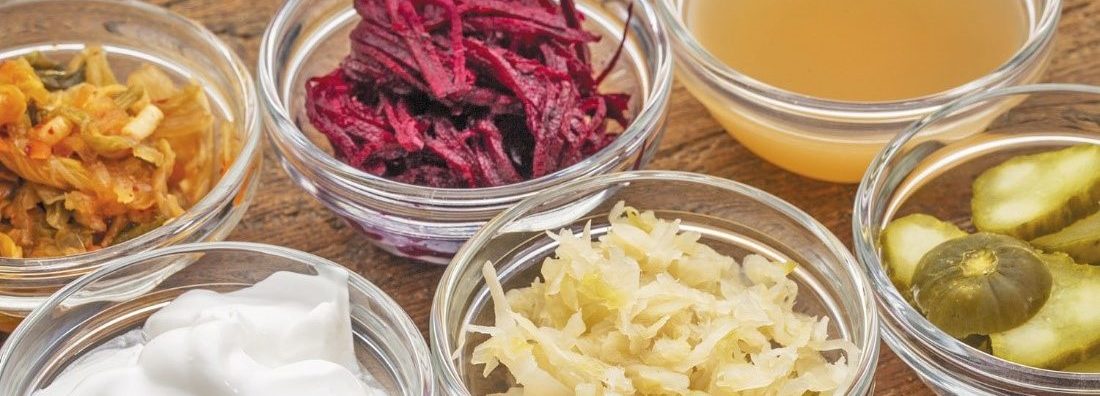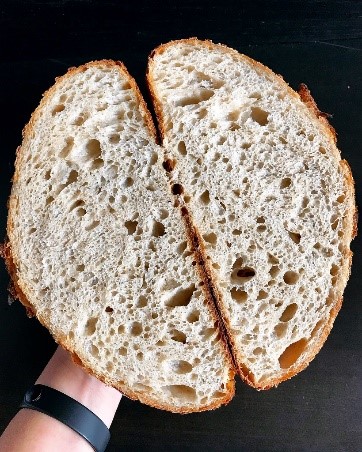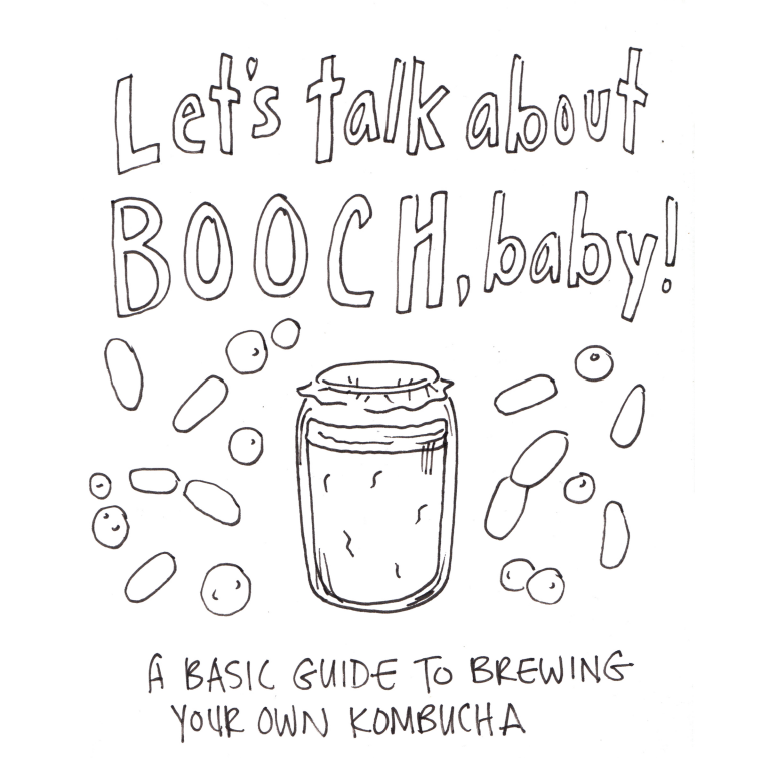Fer-meant to Be: The Process of Fermentation

Source: health.harvard.edu
Here at Chabot, we love a good science experiment, especially when the outcomes are delicious.
You may not realize it, but many of your favorite foods come from a 7,000-year-old chemical process known as fermentation. The list of fermented foods is vast, and includes sourdough bread, cheese, kombucha, miso, olives, salami and so much more.
There are many different types and variations on fermentation, but the most popular is alcoholic fermentation. This is the process that makes beer, wine and even bread.
But what happens during fermentation? And are there any benefits to fermented foods aside from being tasty?
Trust the Process
The process of alcoholic fermentation is divided into two phases. And you can thank yeast for almost all your favorite fermented foods.
First, sugar and yeast come together. Through diffusion, glucose from the sugar slowly enters the yeast cells. There, the yeast breaks down the sugary glucose through a 10-step process of glycolysis. Glycolysis ends with the creation of pyruvates and ATP, which are used in fermentation.

In the second phase of fermentation, the real magic (well…exciting science) happens! Those pyruvate molecules get converted into two of every foodie’s favorite waste products: carbon dioxide and ethanol.
That resulting carbon dioxide is what makes bread bubble and rise. It also creates carbonation in any bubbly alcoholic beverage from champagne to kombucha.
All ethanol in alcoholic beverages comes from this process. The sugar source changes the type drink. Wine finds their sugar source in grapes. Mead ferments natural sugars in honey. Beer, whiskey and vodka are developed from grain starches.
A Gut Feeling
Aside from tasting yummy, foods and drinks that have been fermented are believed to have some wonderful health benefits for your stomach. The bacteria from fermented foods support your stomach lining as a natural barrier against disease-causing microbes.
As sugars and starches are broken down, natural bacteria called probiotics thrive and foods become easier to digest. In fact, it’s believed that people who are lactose intolerant can more easily digest yogurt and cheese that have undergone fermentation. Fermentation breaks down lactose in milk to glucose and galactose, which can be easier to process.
 Try Fermenting At Home!
Try Fermenting At Home!
Check out our Brew-Your-Own-Kombucha Guide made by our friends in Project Create.
Print, color and learn all about how to make kombucha at home!




